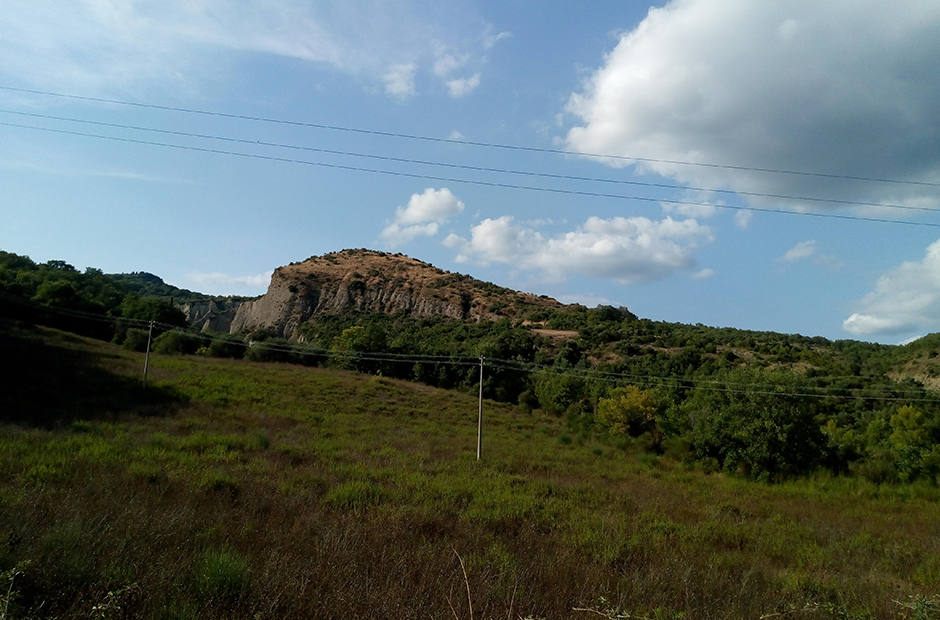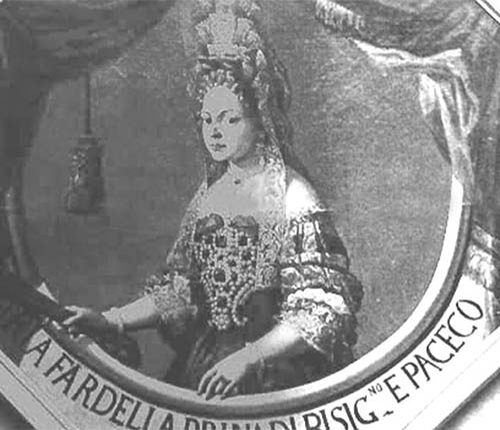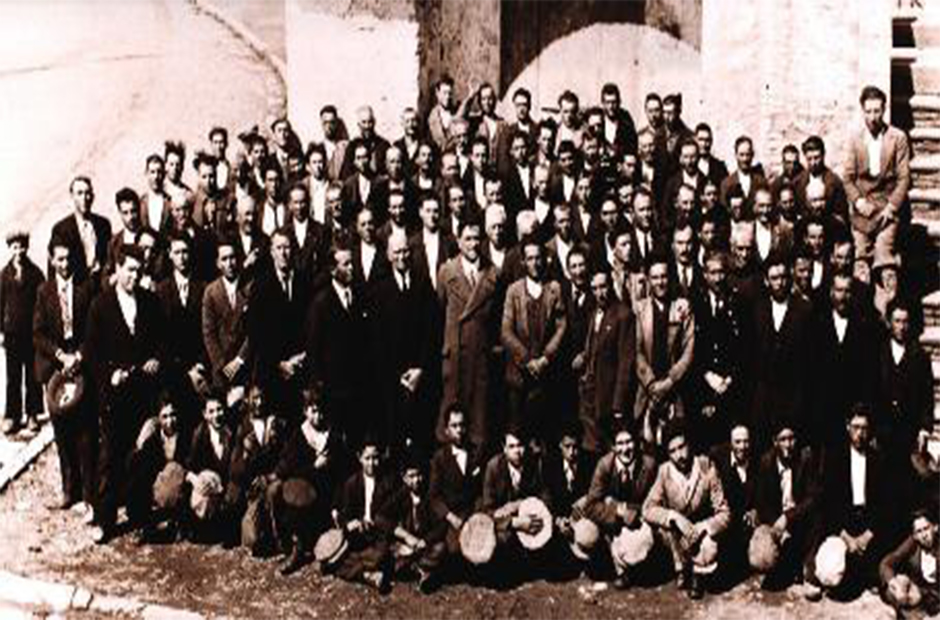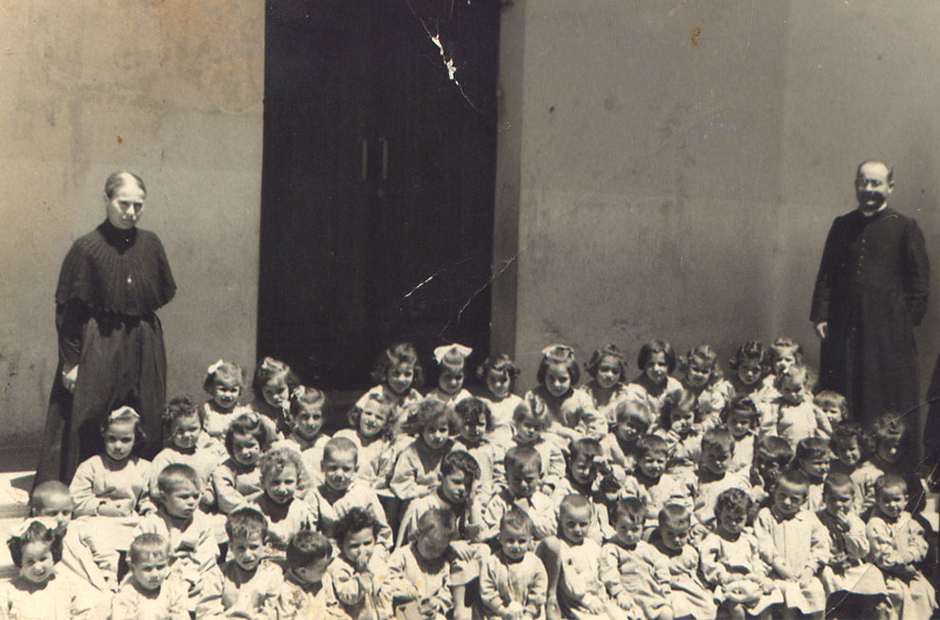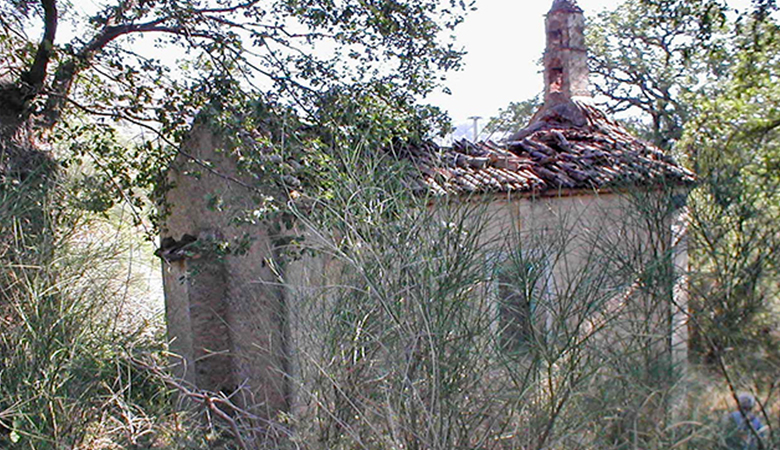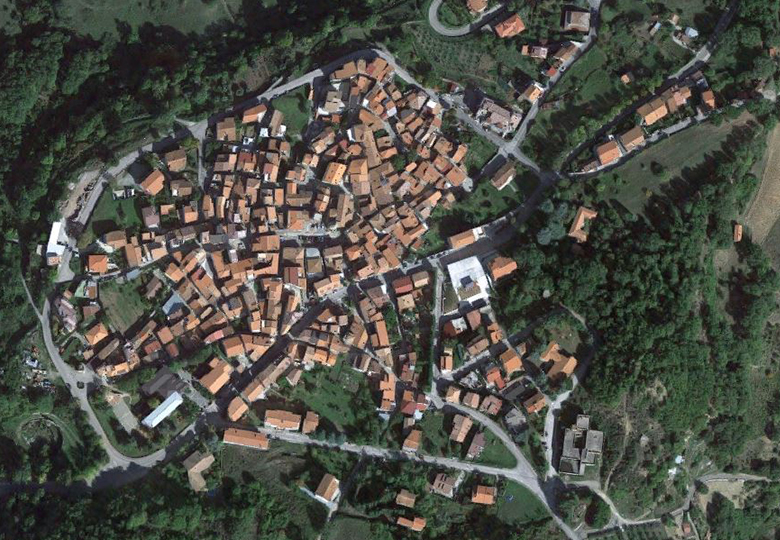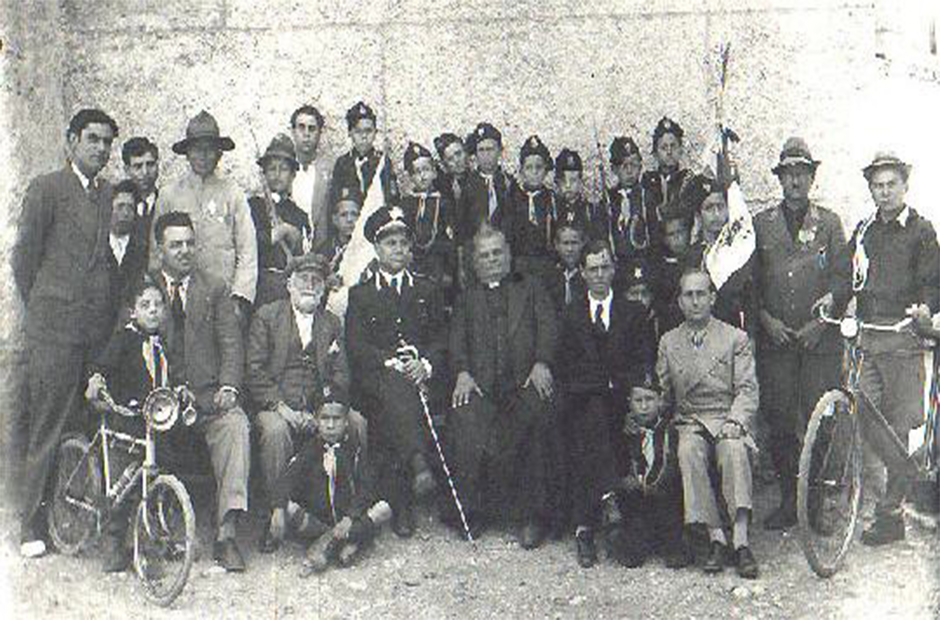The history of the village of Fardella...
“Fardella is one of the most beautiful towns in the Lagonegro area”, as it was described in New York in 1912. After just over a century, Fardella still offers to visitors its hills standing tall against the Pollino, its fruit-bearing fields, its shadowy woods, the many hidden springs of ice cold water, its traditional flavours and aromas, its alleys, its gateways and its land.
Fardella is a varied land full of surprises, a spine set between the river Sinni and river Serrapotamo valleys. Here there are nature trails in unspoilt and untouched woods over the hills of Serre, Manche, Belvedere di Serra Cerrosa, a natural amphitheatre gently sloping down to the Sinni river and looking over at the peaks of the Pollino, the hairpin bends known as “Gironi di Episcopia”, the Barbattavio park, now dedicated to Angelo Guarino, with its sports facilities: a town concentrated in its narrow streets and steps leading down from the Mother Church dedicated to St Anthony of Padua to the elegant buildings of the local gentry, to the 20th century villas and typical farmhouses.
Fardella, a land of hermits and saints: from hermit St Onuphrius to Blessed Jean of Caramola. A land of religious traditions, the righteous expressions of an ever faithful people; a land of immigrants and then emigrants, of men and women, of families who left hoping for better economic conditions; a land of farming and flavours, of typical products and authentic dishes washed down with good local red wine and seasoned with fine spices. The land of raskatielli pasta made with pulse flour, which is an amazing feat; once a peasant dish, it is now the star of the most popular food festival held on 18 August. A land of hospitality and peacefulness, where modernity has not tarnished the taste of tradition.
A hamlet at about 720 metres from sea level, sitting gently on the hillside and nestled among green backdrops, it is part of the Pollino National Park, one of Italy’s largest protected areas between Basilicata and Calabria.
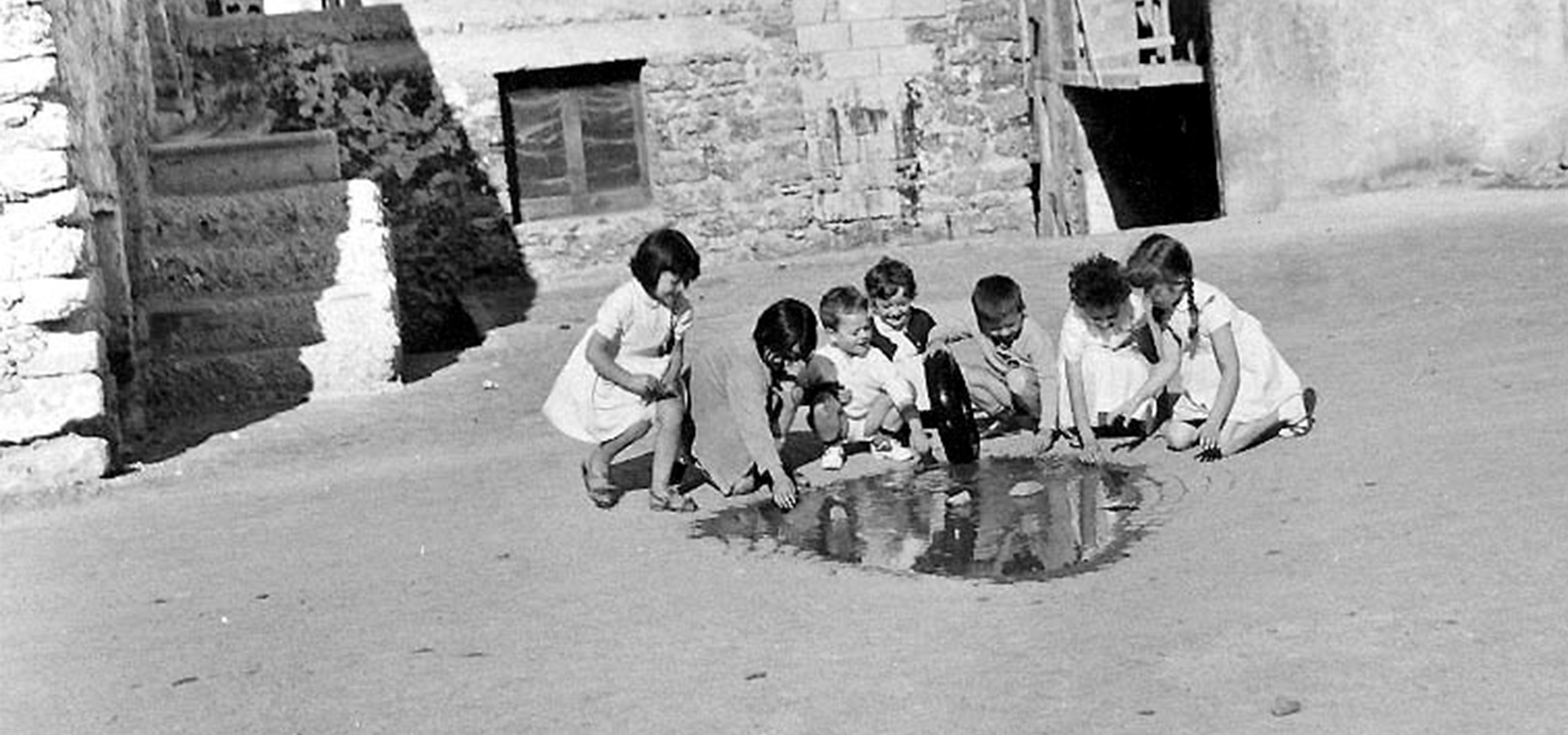
Fardella is a recent town whose history spans just over 300 years and yet its land reveals human presence since remote times. Human settlement was proven by the discovery in Contrada Cozzocanino of part of a necropolis dating back to the 6th century BC and similar to the well-known Enotrian necropolises in the Chiaromonte area nearby.
Another area which has historical and archaeological interest is the so-called “Castrovetere” area. As the toponym reveals, castrum is indeed a strategic fortification watching the area where the Cotura stream merges with the Sinni river. Coins and weapons were discovered in the past in this area.
The assumption is supported by a legend told by the elderly, according to which there once was a village on the hill that was later abandoned because it was “invaded by ants”.
According to some historians, Fardella was founded between 1690 and 1693. On 5 October 1690, some citizens of Teana, tired of the oppression of Marquis of Missanello, asked for the protection of Earl Carlo Maria Sanseverino. The latter had a conflictual relationship with the marquis and granted them the permission to build a hamlet on his land, near Chiaromonte, on the eastern side of the Carrosa mountain. This is confirmed by oral tradition, according to which either the village owes its current name either to the fardelli (bundles) carried by the fugitives who ‘carried bundles on their backs’ not far away from their houses or to the house of a woman from Teana called Fardella, who refused to spend her wedding night with the Marquis (a resonance of the ius primae noctis).
Farmers from Chiaromonte are almost certainly thought to have helped establish it. To live and provide for their families, they had no choice but spread across the vast area of Chiaromonte, away from the village, where they erected barns and just a few houses to dwell in.
There is unanimous agreement on the origin of the name given to the new farmhouse, deriving from the name of Anna Cecilia Catherina Serafina Maria Fardella, Princess of Paceco and Marquess of San Lorenzo, who Carlo Maria Sanseverino married in 1665.
However, other assumptions have been made in this regard. According to historian Racioppi, it came from the Latin word falda, associating the toponym with falda dominica, the Lord’s fence, though it could not be ruled out that the name might derive from the noble Fardella family from Trapani. According to historian Gattini, the village owes its name to the family with German origins bearing the same name who arrived in Italy with the Swabians. However, the assumption by historian Cappelli, according to whom the toponym Fardella is related to the Lombard word fara, i.e. referring to extended families of that population and to the lands they conquered, should be dismissed. Indeed, the toponym is not to be found in any medieval document related to the area.
The assumption that the hamlet might be the lost castle of Faracli – according to records located in the area called “Le Calanche” – cannot be taken as certain either, and the same goes for the possible transformation of the name from Faracli to Fardella as a tribute to the noble princess from Trapani.
The first official record of the village is a document of 1701, while it became a separate parish in 1703.
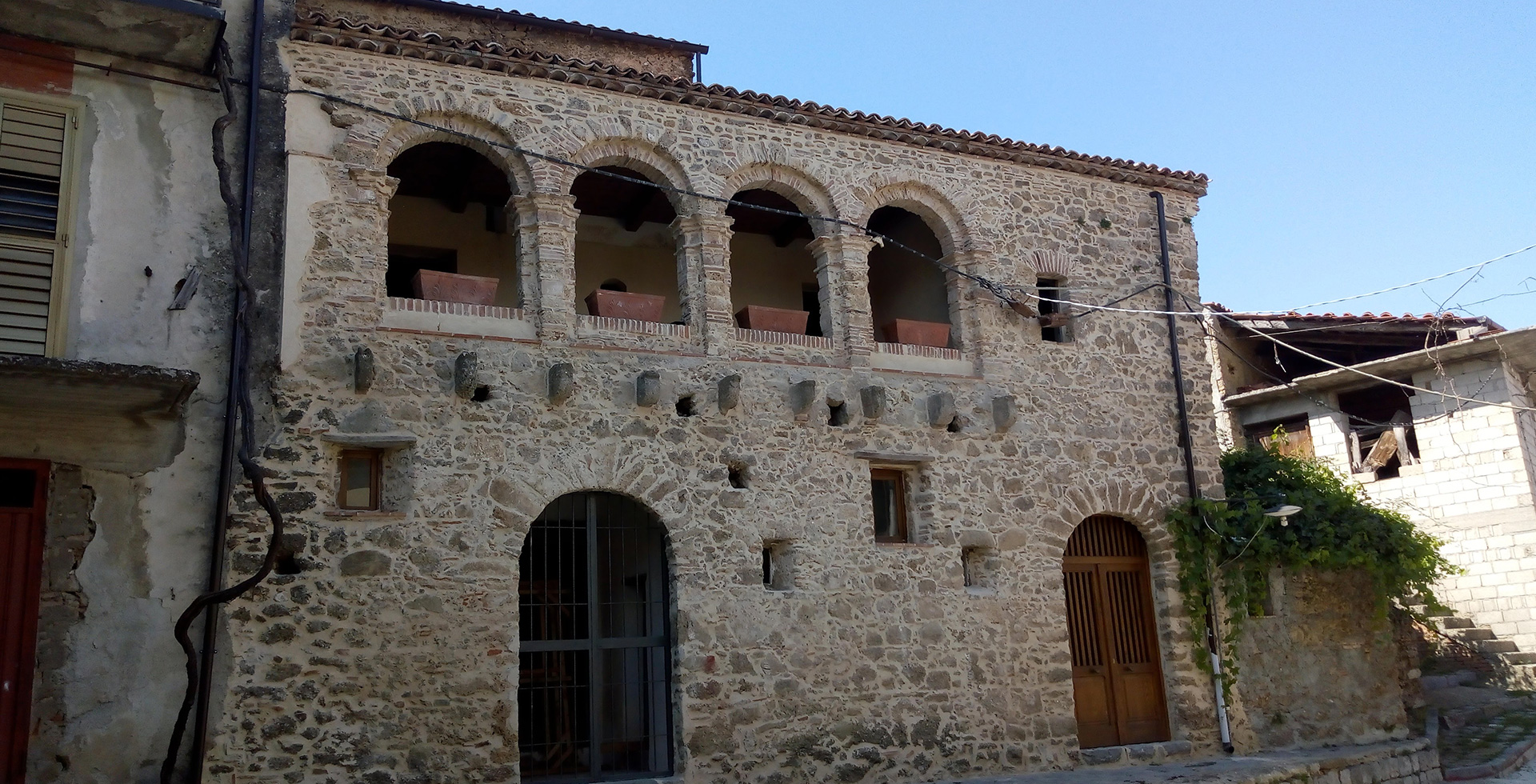
Since the 1700s, according to the few available documents of the time, Fardella’s history was that of gentlemen, on the one hand, and farmers on the other. The former belonged to the local aristocracy, rich landowners with a member of the family who had completed studies in law or theology for over one generation. Along with these ‘gentry’ families, which included graduates and canons, there were the families of ‘gentlemen’, that is those of physicians, notaries, priests without a degree in theology, and landowners who did not run their assets directly. Then there were ‘respectable’ families, that is those of master craftsmen, workshop owners and merchants.
Then there were the families of small and medium landowners, the families of the rich farm superintendents, those of the craftsmen without their own workshop, and of the baronial squires and, lastly, those who worked the land: homestead stewards, farmers, peasants, day labourers and cattle hands and serfs.
The big political events in the life of the Italian peninsula were also reflected in the small town of Fardella. In 1799 some locals promoted the establishment of the republican municipality eliminated with the French repression and it became a municipal district in 1808, while the administrative and municipal division took place in 1809. In 1819 there were 1004 residents.
Political struggles continued with the revolts against the French in 1806, which ended with the terrible repression that led many of the locals to death by firing squad.
The ideals of liberty and equality were revived in 1848 with the anti-Bourbon rising, with various citizens joining the political fight and later facing imprisonment. One of the people who particularly stood out in these struggles was Giovanni Costanza, who, in August 1860, led the Fardella rebels, who joined the 6th faction of the insurrectionary forces in Lucania led by Aquilante Persiani from Senise. They later joined the Basilicata Brigade commanded by Garibaldi on the Volturno river.
The Unity of Italy did not bring a solution to the problems of these lands. Indeed, as the age-old issue of the distribution of land to the farmers was still unsettled, there was now a true opposition to those frustrated expectations and a chasm was created between the rural masses and the new State, leading to peasant guerrilla (the 1862-63 state injunctions caused unrest amongst farm workers in Fardella as well) and banditry, a widespread issue in Lucania. There were many bands spreading terror in the area, like that of bandit Alessandro Marino from Castronuovo S. A. and Scaliero from Latronico who disbanded. Forester Paolo Cirone and Giuseppe Mazziotta from Fardella were involved in the history of banditry, and the latter was accused of pro-Bourbon views against the new Kingdom.
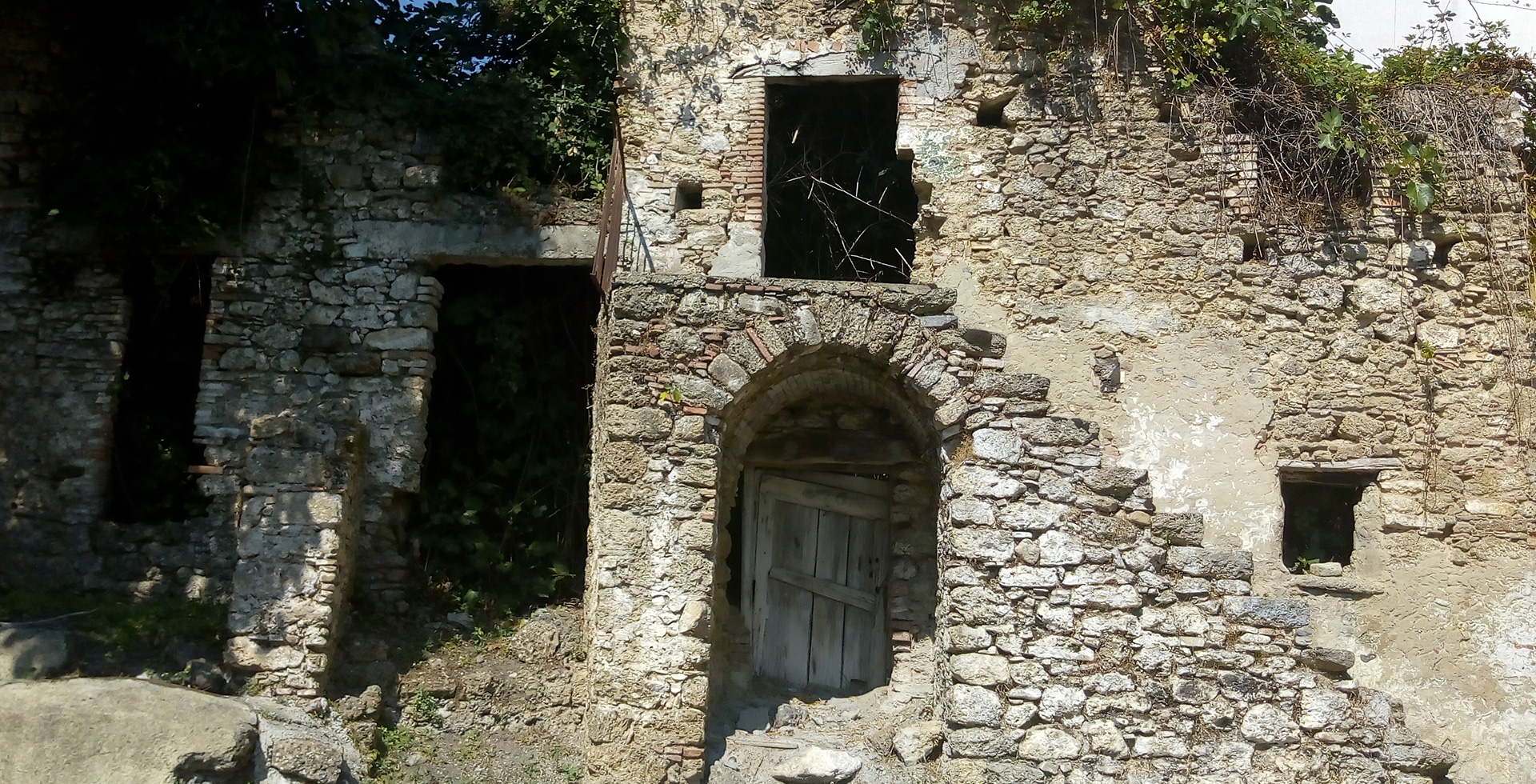
The village had a thriving political, economic and social life: in the Age of Enlightenment, as inferred from the Statistics of the Kingdom of Naples ordered by Gioacchino Murat in 1811, wood products (especially made from fir), linen manufacturing that with the aid of the flying shuttle had reached high standards, the silk industry that employed up to 600 women during silkworm development were economically relevant elements.
The “S. Antonio da Padova” grain bank, which involved payments in kind, had been in place since the late 1700s and had become the “Farming Loan Bank” in 1865.
A Workers’ Association called “The Awakening” was established in 1882 and provided mutual aid and help on farming matters, handing out sulphur, copper and the necessary equipment for wine-growing and the fields, while the “Charity Congregation” assisted vulnerable children. These and other agricultural resources led Fardella to becoming a town of immigrants: registers show that entire families from surrounding areas chose to live here, attracted by a chance of a better life. In 1845, there were 1428 inhabitants.
Fardella’s agricultural calling, since its foundation, kept on growing and there were numerous farmsteads (masserie) scattered in the area. The most significant one appears to be that in the S. Onofrio district, owned by the Giura family from Chiaromonte and then by the Costanza family.
In the early 1900s, the hamlet’s economy also came to a halt and there was a great wave of emigration, mostly to the American continent: in 1911 the local population dropped to 1020.
Along with the serious issue of emigration, there were the difficulties due to the two World Wars. Those were years of hardship, as the war, even if the area had not been hit directly, increased the already harsh economic conditions, clearly evidenced by some sayings in the local dialect, recalled by the elderly, against Mussolini: “Duce, duce, how have you reduced us, without bread during the day and without light at night!”).
During Fascism, specifically in 1928, Fardella was grouped together with Teana to Chiaromonte, for economic reasons. There was no lack of Fascist supporters among the population, and the Italian Fasci of Combat and the Balilla paramilitary youth organization had local chapters.
village regained its independence only after the war, in 1947. The history after the war is a history of reconstruction and, once again, emigration, for Fardella as well. A history of terrible events, like the 1980 earthquake, which deeply transformed the original aspect of the town. A history still alive in the eyes of these people who, for over three centuries and one generation after the next, have been able to retain their sense of attachment to these wonderful places, the pride and joy of this town, in the words of some of its emigrants in 1912, “beloved homeland, which is one of the most beautiful towns of the Lagonegro area”.







